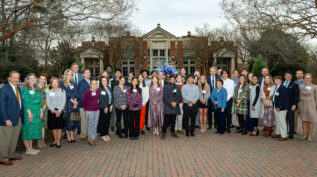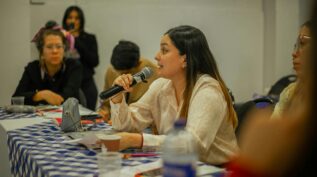Practices for Engaging the Next Generation in Your Philanthropy
Posted on October 1, 2025 by Maggie McGoldrick, Nicholas A. Tedesco
A version of this article was originally posted by Deseret Magazine and is re-posted here with permission. Giving takes many forms. Some people give their time and others give their expertise. For many, giving is a joyful way to impart their values and family culture to their children. For philanthropic families who have a formal giving infrastructure, giving includes their… Read More






